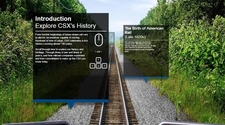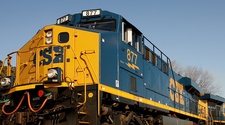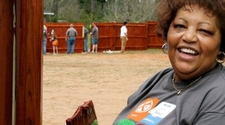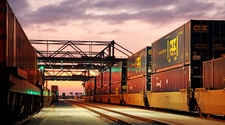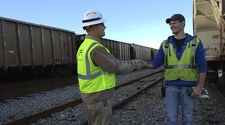Level 1
Welcome to level 1: An overview of introductory rail terms
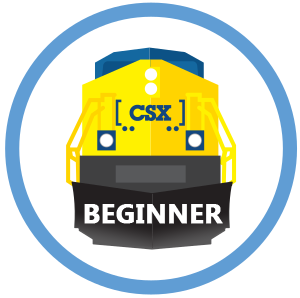
To advance, watch a short video and answer 2 sets of questions
Level 1
First things, first. Click the play button for a brief introduction to the work we do.
Congratulations!
You've completed Level 1 of 4

Share this with your friends to see how they stack up!
Welcome to Level 2
Where the terms become a bit more challenging
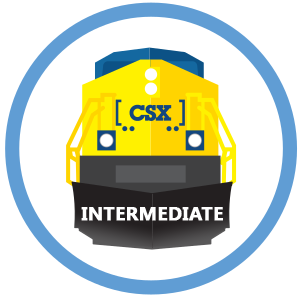
To advance, review 10 terms and answer 5 questions
Box Car: An enclosed car that is used for general service and especially for goods that must be protected from the weather
Car Capacity: The normal load in pounds, cubic feet, or gallons that a car is designed to carry
Car Initial and Number: An identification comprised of initials, which indicate the ownership of the car, and a number, which specifies the type of car
Commodity: A good being shipped
Coupler: A device located at both ends of all rail cars in a standard location to provide a means for connecting one car to another
FAK: A shipment that contains multiple types of goods or "Freight of All Kinds"
Geometry Car: An automated track inspection vehicle with electro-mechanical sensors used to detect and record track geometry over long distances
Jib: A crane or derrick, also known as a boom
Blue Flag: A clearly distinguishable flag, that when displayed, indicates that workers are on, under or between equipment
Limited speed: A speed not exceeding 45 miles per hour
Congratulations!
You've completed Level 2 of 4

Share this with your friends to see how they stack up!
Welcome to Level 3
Where the focus areas are people and process
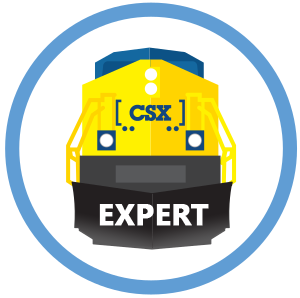
TO ADVANCE, WATCH A SHORT VIDEO AND ANSWER 5 QUESTIONS
Level3
Watch this video to learn how customers' shipments get from Point A to Point B.
Congratulations!
You've completed Level 3 of 4

Share this with your friends to see how they stack up!
Welcome to level 4
The final round
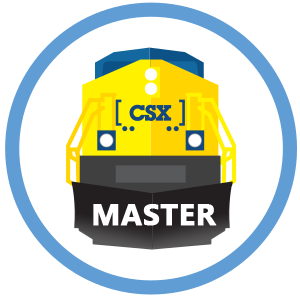
To advance, review 10 terms and answer 5 questions
Carload: The amount of freight that equals a car's weight or space capacity
Classification Yard: The location where cars are organized by carrier according to their destinations, and are made ready for train movement or delivery
Flat Car: An open car without sides, ends or a top, used principally for hauling lumber, stone, and heavy machinery
Gondola Car: A car without a top that has straight sides and ends, that is used to carry freight in bulk
Line Capacity: The maximum number of trains that can operate safely and reliably over a given segment of track during a given period of time
Long Ton: A unit of weight equal to 2,240 pounds, also known as a gross ton
Serving yard: The location where cars are delivered to or received from customers
Siding: An auxiliary (or secondary) track for meeting or passing trains
Unit Train: A train operating generally intact between point of origin and final destination, normally hauling a single bulk commodity, composed of like cars, equipped with high-tensile couplers
Blocking and Bracing: Using wood or metal supports to keep shipments in place, in or on cars, or trailers
You did it!
You're officially a railroad master

Share your success



